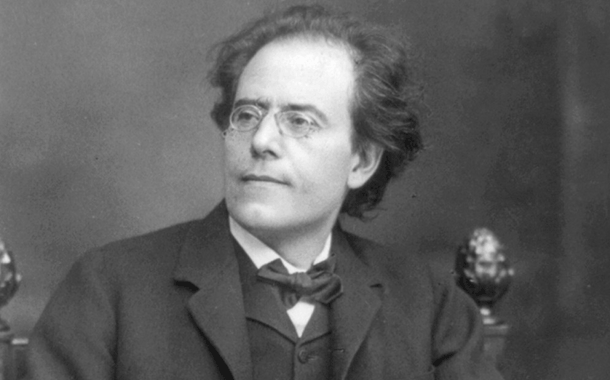<![CDATA[According to a recent study published in the journal "Nature Communications", the 10 million strong Ashkenazi Jew population descended from just 350 people alive around 700 years ago. The Ashkenazi's have roots in central and eastern Europe. The discovery was made by a team of geneticists headed by Columbia University's Shai Carmi, who used a model based on the genetic sequencing of 128 Ashkenazi Jews. The team found that these people descended from the fusion of Middle-Eastern and European Jews. Ashkenazi Jews, or Ashkenazim, are genetically distinct from other Jews. Among their number are key historical figures such as philosopher Sigmund Freud, composer Gustav Mahler, scientist Albert Einstein and Anne Frank. The Ashkenazi Jews are unfortunately prone to nearly twenty genetic disorders, many of them fatal. This is why in a recent study scientists suggested that all Ashkenazi women should be tested for cancer genes. Single-gene mutations are common in Ashkenazi communities. The diseases associated with this are breast and ovarian cancer, maple syrup urine disease (an inherited disorder that causes sweet-smelling urine), and Tay-Sachs disease. Ashkenazim are also more prone to Deletion mutations. This susceptibility to disease is thought to have been caused by a 'bottleneck' in the population. In a bottleneck, a population is sharply reduced by environmental factors, causing a reduction in genetic variation. When members of the population reproduce, recessive gene conditions become more prominent, and are hence passed on. The recessive nature of the genetic conditions makes them harder to eradicate, because they are not expressed unless a person reproduces with another person carrying the same gene. This is one of the reasons why incest is banned in most countries - there is a greater chance of a recessive disease being expressed when mating with a person with a similar genetic make up. The study states that the Ashkenazim corollary came from a bottlenecked population. The corollary is the founder of a new population. The fact that the founders of the Ashkenazi had less variation in their population caused the recessive genes to be more pronounced. In a way, all of today's Ashkenazim are 30th cousins. Twenty more medical researchers were also involved in this study, stemming from Yale, Columbia, Kettering Memorial Cancer Centre, and the Hebrew University, among others. The study states that today's Europeans descended from migrants from the Middle East about 20,400 to 22,100 years ago, the time of the last Ice Age. The ancestors of both the European and Middle Eastern populations descended from another bottleneck that happened during the exodus from Africa. Shephardi Jews are another Jewish group that are thought to have derived from a bottleneck, as they have increased occurrences of fava bean intolerance and Wolman's disease. (Fava beans are a popular staple of the Israeli community.) A team of researchers at the Ashkenazi Genome Consortium hope to educate the Ashkenazi population about what diseases they are more prone to pass on, and also help them better understand these diseases. The researchers are doing this through high-depth genetic sequencing. In the future they hope to sequence more than five hundred Ashkenazi genomes to strengthen their catalogue. ]]>
Where Did Ashkenazi Jews Come From?
